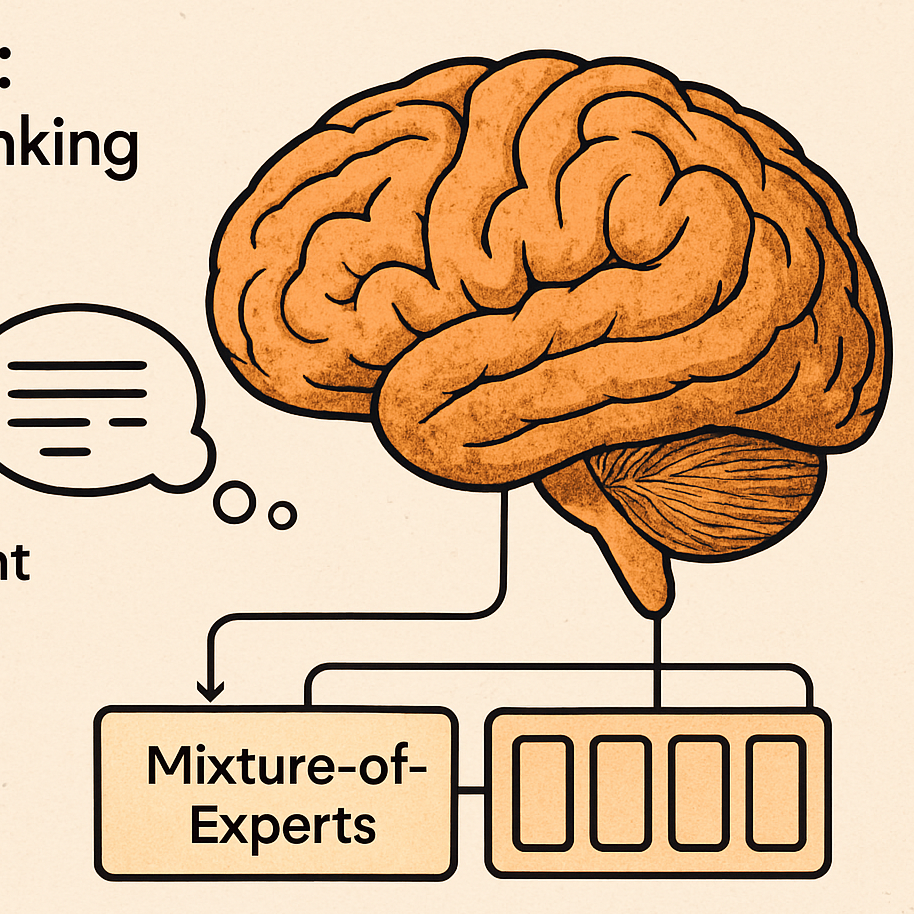
Harnessing Generative AI in Cybersecurity: A Strategic Approach
Posted on November 03, 2023
Exploring the transformative potential of Generative AI in cybersecurity, from real-time threat detection to enhancing threat intelligence and automating security patching.
Generative Artificial Intelligence (GenAI) is rapidly transforming the cybersecurity landscape, offering unparalleled capabilities that extend far beyond traditional machine learning models. Unlike deterministic code or conventional ML models designed for specific tasks, GenAI boasts human-like reasoning abilities, enabling it to generate new data that mimics learned patterns from extensive datasets. This transformative technology not only accelerates threat detection but also enhances threat intelligence, automates security patching, and refines incident response strategies. Here’s how GenAI is revolutionizing cybersecurity and the strategic considerations for its implementation.
Real-Time Threat Detection
GenAI significantly speeds up the identification of new threat vectors by:
- Identifying patterns and anomalies more efficiently.
- Filtering incident alerts and rejecting false positives.
Enhancing Threat Intelligence
GenAI enriches threat intelligence by:
- Scanning code and network traffic for threats automatically.
- Providing detailed insights into the behavior of malicious scripts and threats.
Automating Security Patching
Through its advanced capabilities, GenAI can:
- Scan codebases for vulnerabilities.
- Suggest or apply appropriate patches with minimal human intervention.
Improving Incident Response
GenAI streamlines incident response by:
- Offering strategies based on successful past tactics.
- Continuously learning from incidents to adapt response strategies over time.
Cutting-Edge Applications of GenAI in Cybersecurity Tools
Several tools illustrate GenAI’s potent application in cybersecurity:
- Secureframe Comply AI for Risk: Automates risk assessment processes, saving time and resources.
- Tenable ExposureAI: Provides new insights to analysts for more accessible exposure management.
- Ironscales Phishing Simulation Testing: Leverages GPT-powered Phishing Simulation Testing (PST) for personalized security training.
Strategic Considerations for Generative AI Deployment
While GenAI’s potential is undeniable, its deployment in cybersecurity operations must be approached with a strategic understanding of its capabilities and the specific security context:
Advantages and Challenges
- Proactive Approach: GenAI allows for the anticipation of threats, enabling a proactive cybersecurity posture.
- Computational Resources: Training GenAI models requires substantial resources, which could be a limiting factor for smaller organizations.
- Risk of Misuse: The accessibility of GenAI models could also empower cybercriminals, creating sophisticated attacks that evade detection.
- Ethical Considerations: The use of biased data in training GenAI models raises ethical concerns that need to be addressed.
Collaborative Efforts and Industry Focus
- MITRE and Microsoft Collaboration: The collaboration on the MITRE ATLAS™ framework underscores the industry’s focus on addressing GenAI security risks.
- Threat Identification: GenAI’s primary application in threat identification aligns with the cybersecurity industry’s strategic focus.
Conclusion
Generative AI brings incredible potential to the field of cybersecurity, offering efficiency, depth of analysis, and a shift from reactive to proactive security measures. However, leveraging this technology effectively requires careful consideration of its unique advantages and associated challenges. As the cybersecurity landscape continues to evolve, strategic planning, continuous monitoring, and an in-depth understanding of GenAI’s impacts will be crucial for harnessing its full potential while safeguarding against emerging threats.




